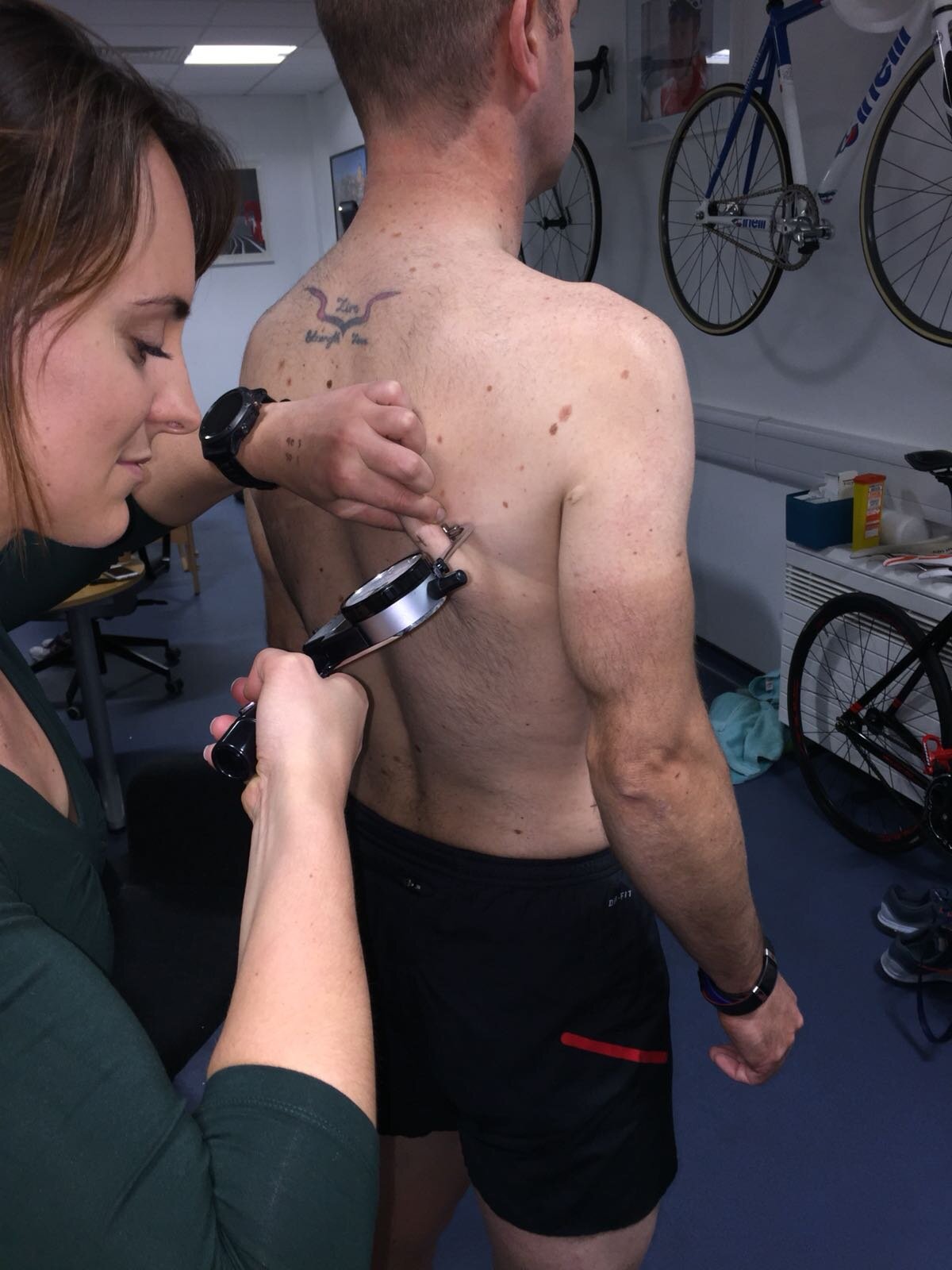Why body fat percentage is a waste of time
When measuring their body composition, many athletes are keen to know what their body fat percentage is (and how to reduce it). In my experience as a sports dietitian, body fat percentage is a waste of time when it comes to monitoring your body comp. Here's why.
Measuring body composition
There are many different ways to measure body composition, which is the proportion of fat mass and fat-free mass (muscle, bones, fluid etc) in the body. These methods include DEXA scans, underwater weighing, bioelectrical impedance analysis (BIA) scales and skinfold thickness using callipers.
There is room for error, specific requirements and assumptions for each method, with different costs, reliability or availability. Some are only available in medical, laboratory or research settings.
Why should you measure body composition instead of weight alone
Typically when athletes want to lose weight, what they actually mean is get leaner by lowering their body fat and maintain or increase muscle mass.
While tracking weight can help monitor some these changes, getting regular and reliable body composition measurements helps you to see whether it's fat mass or muscle mass that you're losing.
I have seen athletes happy to have lost 2kg of weight on the scales. However after measuring skinfolds and taking a DEXA scan discovered that instead of losing fat mass, they had actually lost 2kg of muscle. Not ideal as this could drastically impact their power.
Getting those body composition measurements made us aware of the problem so changes could be made to improve to their nutritional intake, preserve muscle mass and promote fat loss instead.
While an ideal scenario may be to use DEXA scans with all my athletes, the reality is that this isn't practical, cost effective or realistic. Instead as an ISAK trained Level 1 anthropometrist I routinely use skinfold calipers to measure the body composition of my athletes using skinfold thicknesses and circumferences. By regularly monitoring progress over time, these results can help guide the nutrition advice I provide to my athletes.
Body fat percentage equations
Body fat percentage is estimated using a vast number of equations. These equations often first determine body density, then calculate body fat percentage using anything from 2 to 9 different skinfold sites, with or without circumferences.
Different equations are needed to suit different populations, age groups and genders. Use the wrong equation and you'll likely end up with a number thats way off reality.
Commonly used equations to estimate body fat percentage include Jackson & Pollock, Sloan, Durning & Womersley, Parillo, Yuhasz, Withers, Katch & McArdle to name just a few.
I won't bore you with the specific details of HOW these equations all differ and the assumptions behind them, but demonstrate just how variable and unreliable body fat percentage is using some elite cyclists as an example.
Skinfolds vs body fat percentage
To prove my point, check out this study from 2016 that published body composition measurements taken of elite male cyclists before and after the Tour of Andalusia stage race.
The mean sum of 8 skinfolds before the race began was 49.92mm. Four days and 648km later their skinfolds were down to 47.01mm. These skinfolds were then converted into body fat percentages using 5 different equations.
Depending on what equation was used, their body fat percentage BEFORE the race ranged from 6.42% to 10.41%. AFTER the 4 day stage race it ranged from 5.9% to 9.65%.
I don't know about you, but that's quite a big difference.
It's likely that the true value is somewhere in between.
Based on the numbers, I bet these cyclists would much rather be told the body fat percentages associated with the Sloan equation than the Durning & Womersley equation!
The way I explain it to my athletes is that I could take your skinfolds and get a percentage anywhere between say 10% and 15% (for example). If I tell you 10% you might be stoked, but if I say 15% you might be disappointed that you haven't progressed the way you like or thought you had - even if the raw skinfold values had dropped. The real percentage could be anywhere in the middle. That's why I think body fat percentage is a waste of time (and energy).
When converting skinfolds to percentage body fat there are too many errors involved. I would always use the sum of 6 or 8 sites to monitor and compare body fat measures rather than providing a percentage that is so unreliable.
Gemma
REFERENCES
Sanchez-Munoz, C., M. (2016). Scand J Med Sci Sports 26(7): 802-808.
Gemma Sampson APD
If you’re interested in nutrition coaching to ensure you get the most out of your training and performance, book an online sports nutrition consultation to get you on the path to success.



